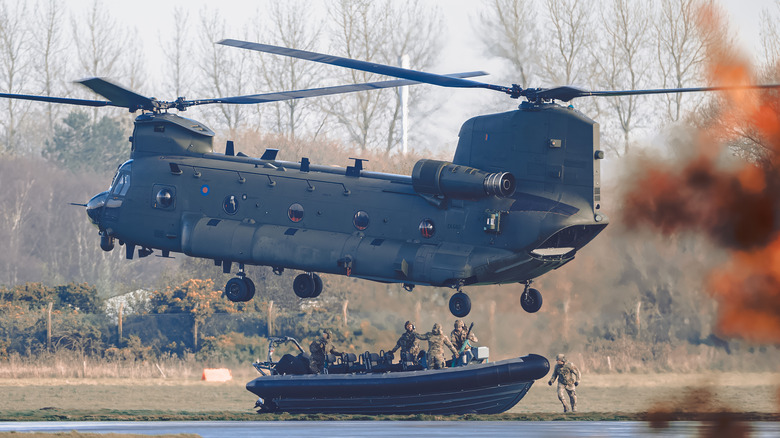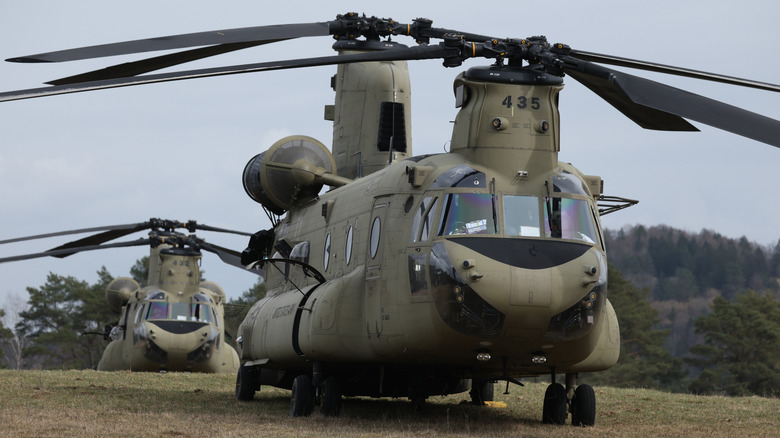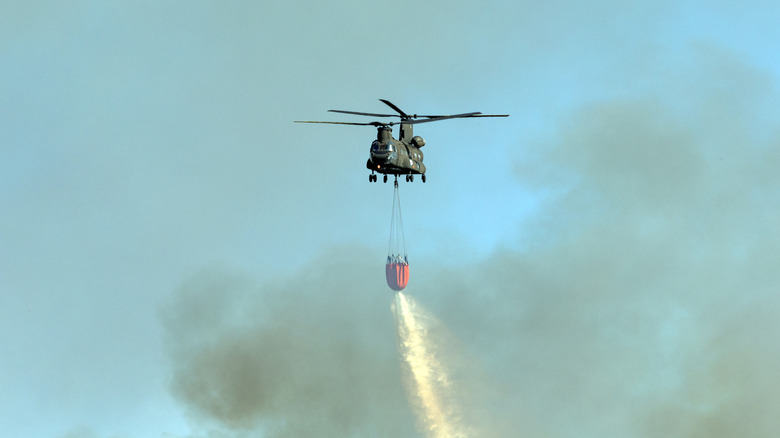Which Militaries Use Chinook Helicopters & Are New Ones Still Being Made?
Military enthusiasts would agree that the CH-47 Chinook is one of the most iconic military helicopters ever. This twin-engine, tandem-rotor aircraft was the result of a 1956 U.S. Army push to replace its aging piston-engine fleet with more powerful, turbine-driven models. What followed was the development of a stable, agile, and remarkably capable workhorse that could haul troops and heavy cargo with ease.
After its first flight in 1961, the Chinook didn't take long to prove its worth. By 1965, the CH-47A was flying into Vietnam with the newly redesignated 1st Cavalry Division (Airmobile), bringing critical lift capability to the front lines. Not long after, crews started modifying it with M60s and .50-caliber machine guns, turning it into more of a flying fortress that could handle itself under fire.
That said, early models didn't come without problems. Vietnam's heat and humidity cut lift capacity significantly, and the transmission struggled under full engine power. However, the upgraded CH-47B and C models rolled in soon after with stronger transmissions and boosted horsepower, turning them into 10-ton lifters. Over the decades, new upgrades have made the Chinook even more capable. Today, the helicopter is used for troop transport, disaster relief, medevac, and hauling construction equipment.
Militaries around the world still bet on the Chinook
There are 22 countries that operate Chinooks today, making it one of the most widely used heavy-lift helicopters on Earth. The U.S. Army remains the largest user, followed closely by the U.K.'s Royal Air Force. Other operators include Japan, Canada, Australia, the Netherlands, and Italy. Each military tends to tweak its Chinooks a bit. Japan, for instance, flies two custom variants: the CH-47J and the longer-range CH-47JA.
There are multiple other variants that have evolved over the years as the helicopter was modernized. For instance, today's CH-47F model, first introduced in 2018 with a full digital cockpit and improved avionics, remains one of the world's fastest military helicopter at 196 mph. It can carry up to 27,700 pounds of cargo — externally or internally — and pull off feats like pinnacle landings, balancing on its rear wheels at cliff edges.
Inside, it's typically crewed by three: a pilot, copilot, and flight engineer. There's even a commercial version, the Boeing-Vertol Model 234 (based on the CH-47C), used for everything from logging to firefighting.
Yes, new Chinooks are still rolling off the line
Not only is the Chinook still flying today, but there are new ones still rolling off production lines. Boeing continues to produce the CH-47F Block II, the latest and most capable model. This is a high-tech variant featuring redesigned fuel tanks, a stronger fuselage, and an improved drivetrain. Powering it are Honeywell's next-gen T55-714C engines, which prove 25% more reliable and 8% more fuel-efficient compared to previous models. The helicopter's modular design allows for easy future upgrades.
The U.S. Army began receiving these newer models in mid-2024 and quickly doubled down with additional orders, including special operations variants. International buyers also keep fresh orders coming in. Early this year, Japan awarded Kawasaki Heavy Industries a contract to build 17 Block II Chinooks domestically. That includes both the CH-47J and CH-47JA models, with Tokyo investing over $1.4 billion. That makes Japan the fourth country to adopt Block II.
Lastly, the CH-47 Chinook program has an industrial base behind it that supports over 20,000 jobs across 40 U.S. states. Over 950 Chinooks operate globally as of this writing, proving Boeing has engineered a 60-year legacy, so this helicopter isn't going anywhere anytime soon.


